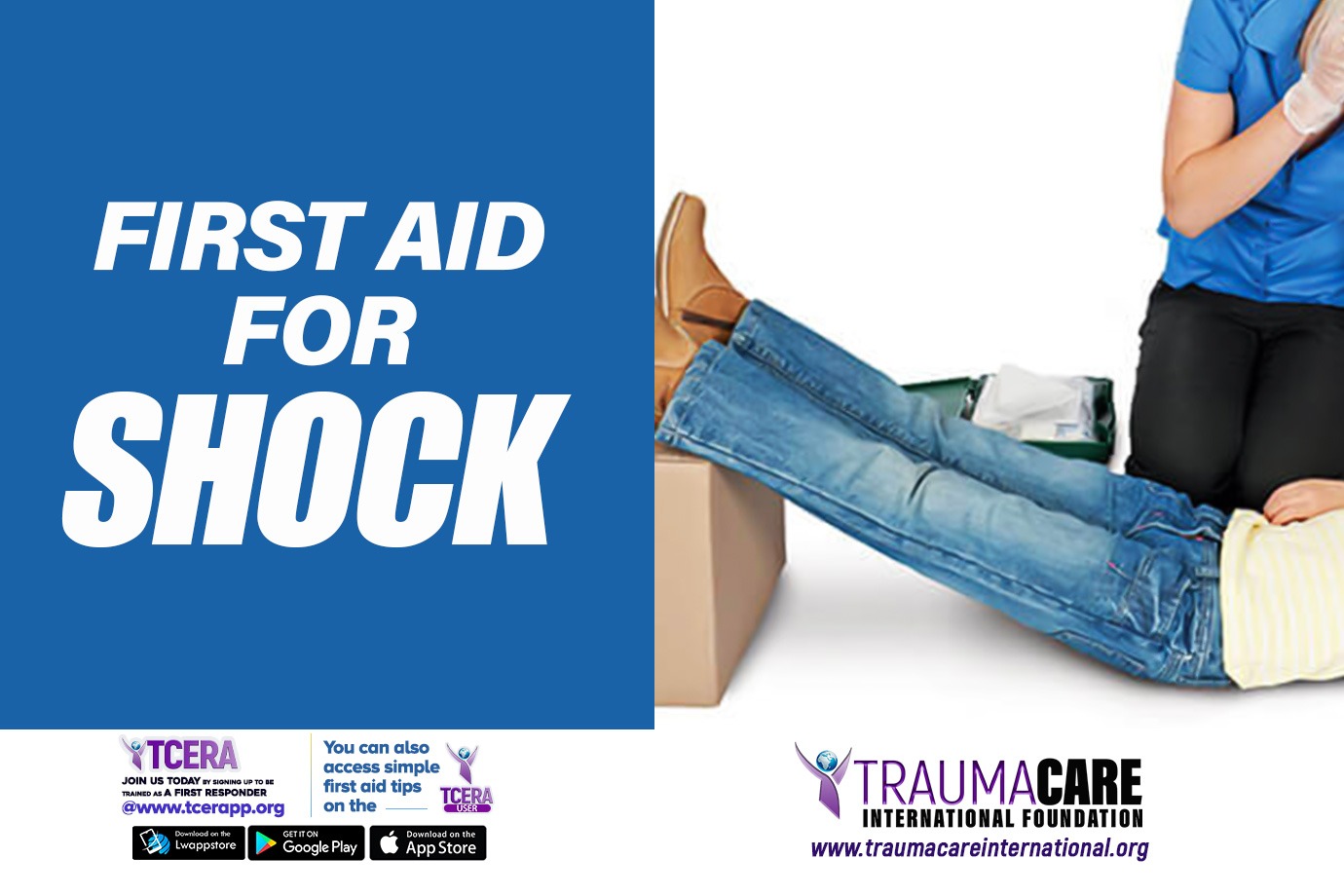Shock is defined as a state of cellular and tissue hypoxia (a state in which oxygen is not available in sufficient amounts at the tissue level to maintain adequate homeostasis) that leads to cellular death and organ failure.
Types of shock
Shock is classified into four major types; failure of the circulatory system to supply enough oxygenated blood to tissues to maintain basic cellular metabolic needs leads to the following types of shock.
1. Hypovolemic shock: This is associated with blood or fluid loss due to bleeding from cuts, trauma, ruptured blood vessel, burns, inflammation of the pancreas, diabetes, etc.
2. Cardiogenic shock: This is caused by heart damage due to abnormal heart rhythm, heart attack, malfunction of a heart valve, and heart valve tear or infection etc.
3. Obstructive shock: This is associated with blockage of the arteries, veins, or heart due to blood clot in the lungs and trapped air between the lungs and chest wall.
4. Distributive shock: This is associated with excessive dilation of the blood vessels. Distributive shock can be categorized into the following:
- Anaphylactic shock: This is caused by hypersensitivity or allergic reaction.
- Septic shock: This is caused by bacterial infection.
- Neurogenic shock: This is associated with spinal cord injury.
Common signs and symptoms of shock
1. Low blood pressure
2. Faint or quick pulse
3. Decreased urine output
4. Irregular breathing and hyperventilation
5. Altered mental state (confusion and dizziness)
6. Pale hands and feet
7. Cold
8. Moist or clammy skin
9. Dilated pupils
FIRST AID FOR SHOCK IN A CONSCIOUS CASUALTY
The moment you identify any of the listed signs and you confirm the person is conscious,
- Get the person to lie down and slightly elevate their legs.
- Keep them still, do not move unless necessary.
- Loose tight clothing and cover the person with fabric if available to avoid the person feeling cold.
- Do not let the person eat or drink anything.
- If at any point the person becomes unresponsive and stops breathing, begin CPR immediately.
FIRST AID FOR SHOCK IN AN UNCONSCIOUS CASUALTY
1. Check for scene safety.
2. Check for a response from the casualty.
3. Send for help (medical help)
4. Check for breathing.
- If breathing, carefully place the casualty on his/her back with feet elevated. Do not elevate the feet if you suspect a neck or back injury or broken hip or leg bones.
- If not breathing, initiate cardiopulmonary resuscitation (CPR), an AED device can be used if available by a professional
5. Do not move the casualty, except where the person is in immediate danger.
For more information;
Call: 0808 678 3416 or 0808 584 9338
Email: [email protected],
[email protected] CLICK HERE TO SIGN UP
Download the TCERA user app today.
https://bit.ly/tceraAndroid
https://bit.ly/tcera-IOS





What do you think?
0 Responses
To Comment, you must Sign In
Be the First to Post on this Topic